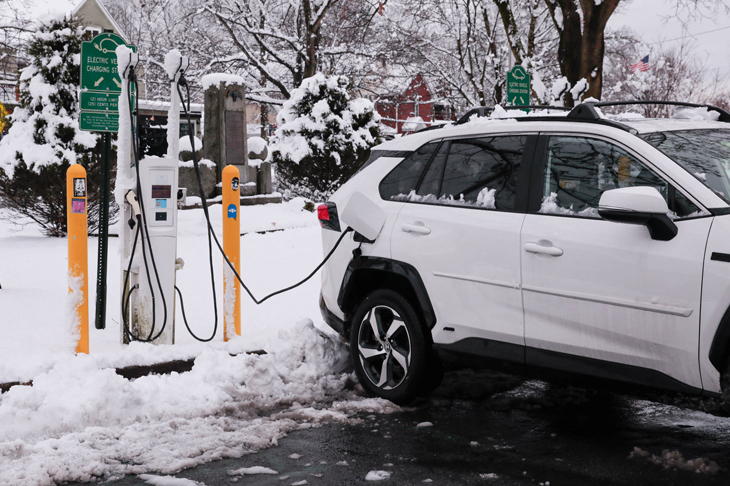Despite decades of endless shrieking over emissions, Just Stop Oil protests blocking peak-hour traffic to the fury of commuters, children crying over supposedly lost futures and major energy companies being publicly scorned, fossil-fuel production is powering ahead.
After the hiatus of the Covid years of 2021 and 2022 all of the major sectors – coal, gas and oil – recovered strongly in 2023 and have shown no signs of looking back.
Already a subscriber? Log in
Subscribe for just $2 a week
Try a month of The Spectator Australia absolutely free and without commitment. Not only that but – if you choose to continue – you’ll pay just $2 a week for your first year.
- Unlimited access to spectator.com.au and app
- The weekly edition on the Spectator Australia app
- Spectator podcasts and newsletters
- Full access to spectator.co.uk
Unlock this article
Mark Lawson has written Dark Ages – the looming destruction of the Australian power grid (Connor Court) markslawson@optusnet.com.au
You might disagree with half of it, but you’ll enjoy reading all of it. Try your first month for free, then just $2 a week for the remainder of your first year.














Comments
Don't miss out
Join the conversation with other Spectator Australia readers. Subscribe to leave a comment.
SUBSCRIBEAlready a subscriber? Log in